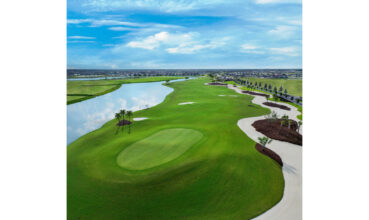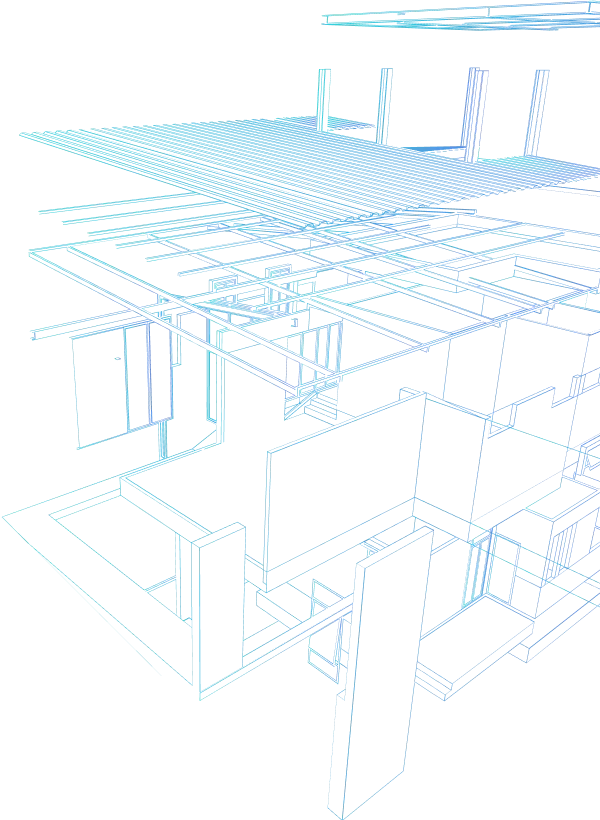“We could not be more excited or proud of the growth and success of Omnia Exterior Solutions since we launched last year,” says Jim Ziminski, Omnia Exterior Solutions chairman of...
Beyond One-Size-Fits-All: The Evolution of Customization in Active Adult Housing with Kolter Homes


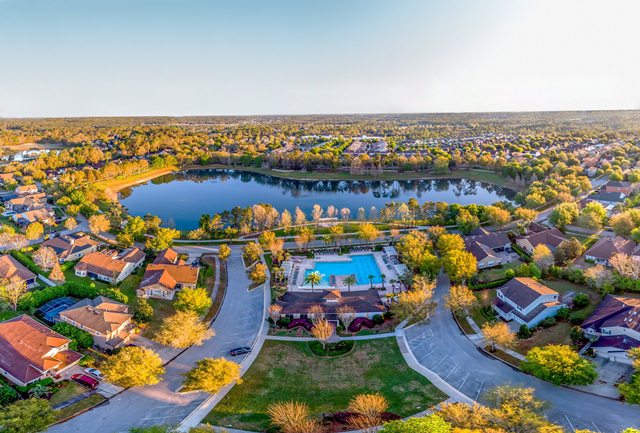

“Love my spouse, but sometimes the sawing logs gets a little too heavy,” jokes John Manrique, Senior Vice President of Marketing at Kolter Homes, explaining one of his company’s more unique floor plan innovations – the “snore room.” This creative solution, which emerged directly from customer feedback, exemplifies how today’s active adult communities are moving far beyond the one-size-fits-all approach of previous generations.
The concept is elegantly simple: an owner’s suite configured with an adjacent flex room accessible through the primary closet, offering a peaceful retreat for either partner when nighttime noise becomes an issue. But it’s more than just a sleeping solution – Manrique notes that residents have adapted the space for various uses: “People have also used this as a crafting room that’s right within their own owner suite, so they don’t have to walk out into the main living area, or an office or what have you.”
Personalization: Beyond the Floor Plan
This level of thoughtful personalization reflects a broader shift in the active adult housing sector. As the last of the baby boomers approach 65 and Gen X begins entering their 60s, developers are racing to meet increasingly sophisticated buyer preferences that emphasize flexibility and customization. Residents who opt for these customized options often report higher satisfaction levels, as these features align more closely with their individual preferences and lifestyles—a key factor driving the industry’s growing emphasis on personalization.
“Where we hang our hat is this concept of ‘built around you’ and ‘the choices are yours,'” Manrique explains. “You can have 25, 30, 40 different structural options. Then you start exponentially – well, I want to do this, plus this plus this.”
While specific data on how many options buyers typically select remains limited, the availability of these numerous structural choices allows residents to tailor their homes to their specific needs and preferences. Customized homes in active adult communities typically command higher prices than standard offerings due to these personalized features and upgraded amenities, with costs varying based on location, builder, and customization level.
The evolution goes beyond just floor plans. Modern active adult communities are embracing a range of innovations to create more vibrant, livable spaces. Manrique points to their emphasis on natural light as another example of responding to resident preferences: “We’ve taken our ceilings up to 11 ‘4″ in your foyer, your arrival is 14 feet. We strive to have more window volume…a lighter, brighter home just feels like a healthier home to many people.”
Reimagining Community Essentials
Kitchen design has also seen significant evolution. “Every one of our kitchens has a pantry off it,” Manrique notes, explaining how this responds to the modern preference for open-concept living while maintaining functionality. “The kitchen is where the fun happens…people didn’t want to be in that galley kitchen disconnected from where guests and families are.” The pantry provides crucial storage space that keeps the main area clear for entertaining.


Location strategy is evolving as well. As research from the industry indicates, the ideal active adult community today needs to balance convenience with lifestyle enhancement. Communities are being positioned near everyday necessities like groceries and healthcare, but also close to dining, entertainment, arts and culture, and even international airports for residents’ travel needs.
Some developments are taking unique approaches to location-based amenities. Manrique highlights their Lake Harris development in Tavares, Florida – “America’s seaplane city” – which offers residents both boating access and the distinctive charm of being in the seaplane capital of the US. The community is also strategically located just 15 minutes from Mount Dora, which Manrique describes as a “really charming, quaint town.”
The focus on personalization extends to the buying process itself. Kolter Homes employs what Manrique calls “new home guides” rather than traditional salespeople, along with certified design professionals who help buyers make informed choices about their homes. “In many cases, this is the first home that a person or a couple really gets to build for themselves,” he explains. “Your first home is, hey, what can we afford? What’s closest to work? The next one, if you’re in a family kind of environment, is what’s close to the schools…But now it’s like, okay, this is the first place we actually…this is really for us.”
The Future of Active Adult Living: Beyond 2025
Looking ahead, the active adult housing sector appears poised for continued innovation beyond the personalization trends Kolter Homes has already pioneered. Industry forecasts from the National Association of Home Builders project that the 55+ housing market will grow at a compound annual rate of 5.2% through 2030, outpacing the broader housing market by nearly two percentage points.
This growth is likely to fuel further innovation in design and amenities. The integration of wellness-focused features is emerging as the next frontier, with developers incorporating dedicated meditation spaces, indoor air quality monitoring systems, and circadian lighting that adjusts throughout the day. These features dovetail with the “lighter, brighter” aesthetic that Kolter already emphasizes, suggesting a natural evolution rather than a dramatic pivot. This wellness trend represents a substantial market opportunity, with the wellness real estate market having expanded from $225 billion in 2019 to $438 billion recently, and projections reaching $913 billion by 2028.
Sustainability and energy efficiency are also becoming non-negotiable elements in premium active adult communities. New developments are increasingly incorporating solar readiness, advanced insulation materials, and water conservation systems that reduce utility costs while appealing to the environmental consciousness of today’s buyers. According to the Urban Land Institute, over 70% of active adult buyers now consider energy efficiency “very important” in their purchasing decisions – a marked increase from just 45% five years ago.
The technology integration in these communities is evolving beyond basic smart home features to create more seamless living experiences. Communities breaking ground in 2025 and beyond are likely to include infrastructure for whole-home voice automation, security systems designed specifically for frequent travelers, and community-wide apps that facilitate everything from amenity reservations to maintenance requests. Notably, these technologies are being designed with simplicity in mind, recognizing that while this demographic is increasingly tech-savvy, they still prioritize intuitive interfaces.
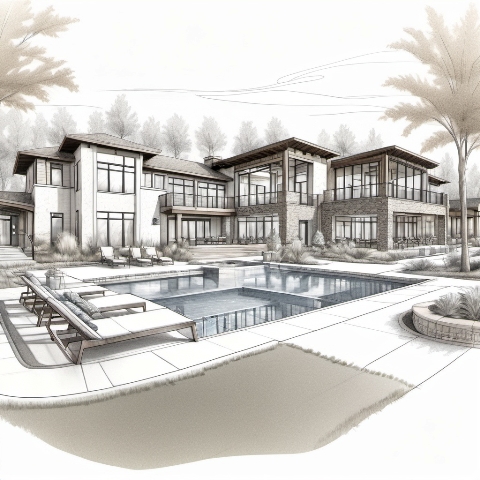

Economic conditions will inevitably shape how these communities develop. With construction costs continuing to rise and interest rate volatility affecting buyer purchasing power, developers are exploring innovative financing options specifically tailored to this demographic. The strong equity position of many potential buyers—many of whom are selling family homes with substantial appreciation—provides some insulation from broader economic headwinds, but developers are nonetheless designing with greater flexibility to accommodate potential market shifts.
Regional variations will also shape future developments. As Kolter expands into Alabama and Tennessee, different climate considerations, cultural preferences, and recreational priorities will influence community design. The seaplane-friendly approach in Tavares, Florida might transform into mountain access amenities in Tennessee or waterfront features along Alabama’s lake regions.
An Industry in Transformation
The shift towards personalization is not unique to Kolter Homes; it reflects an industry-wide movement. Other developers like Long Built Homes and PulteGroup have incorporated features such as functional home designs, fitness trails, and firepits into their active adult communities to cater specifically to Generation X buyers’ preferences. These competitor approaches demonstrate how the entire sector is evolving toward creating more vibrant, customizable living environments that respond to the diverse needs of today’s active adults.
As demographic shifts continue—with younger, more active buyers entering this market segment—active adult communities will likely continue blurring the line between resort-style living and practical daily convenience. The emphasis on personalization that defines today’s offerings will almost certainly deepen, with technology enabling increasingly sophisticated customization options even as construction efficiencies improve.
What remains constant is the fundamental value proposition: creating spaces where residents can truly design their ideal lifestyle, not just their ideal home. For developers who can deliver on this promise, the future of the active adult sector looks exceptionally bright.
Similar Articles
Explore similar articles from Our Team of Experts.


Epique continues meteoric path as a rising force in the industry HOUSTON, TX, September 10, 2024 (Newswire.com) – Epique Realty is proud to announce its selection as a semi-finalist in...


A new commercial building of 480 sq. m has been constructed nearby Vilnius Akropolis. It houses Sportland – the expanded and modernised store offering sports and athleisure wear fashion br...


LINTHICUM, MD, June 10, 2024 (GLOBE NEWSWIRE) — NFM Lending and its Family of Lenders announced today that we have been recognized once again as one of the top lenders in the country b...
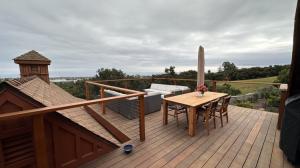

SANTA BARBARA, CALIFORNIA, UNITED STATES, August 11, 2024 /EINPresswire.com/ — Perry Lieber, a prominent figure in the real estate and home construction industry, is redefining standar...


